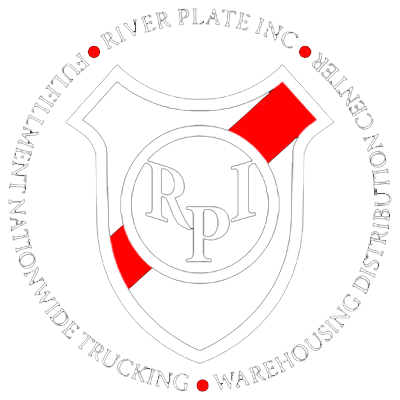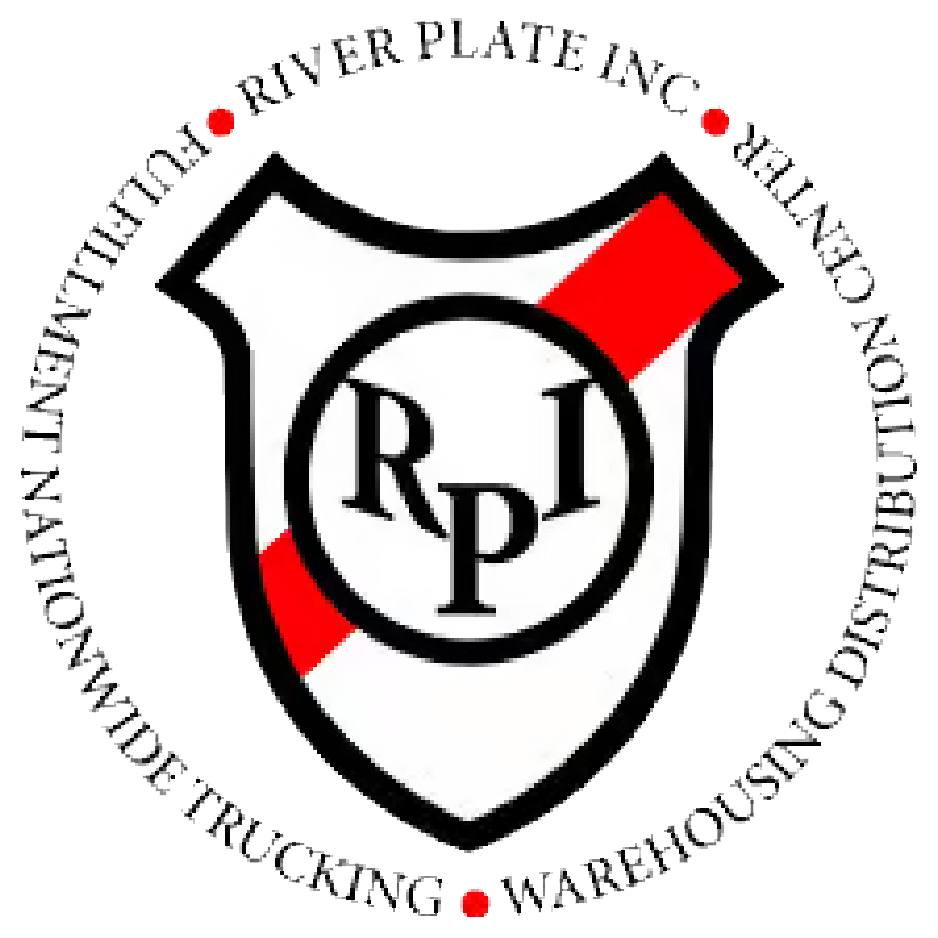Parcel optimization goes far beyond simply cutting shipping costs. It improves the customer experience, unlocks operational efficiency, and strengthens your brand’s ability to compete. In a market where speed, visibility, and convenience shape buyer decisions, how you handle your parcels matters more than ever.
From order origination to final delivery, every touchpoint in the shipping journey plays a role in how your brand is perceived. Optimizing parcel logistics is a strategic move that impacts conversions, margins, and customer loyalty.
As a 3PL, we don’t believe in one-size-fits-all solutions. We believe in partnership. It begins with understanding your goals and systems, and it culminates in a tailored parcel strategy that scales with your business. Let’s break down the practical steps we use to help brands simplify complexity, reduce cost friction, and build parcel programs that drive results.
Start With Strategy
It all starts with understanding where your orders originate. Whether it’s Shopify, Amazon, WooCommerce, or something else, knowing where your orders originate is essential. Each platform has its flow, and aligning that with your logistics is the first step toward smooth operations.
The next step is to ensure that your systems communicate effectively. Whether through APIs, EDI, or file exchanges, how your platforms and 3PL connect is crucial for a streamlined process. Without the right connections, you’re left with errors, delays, and a lot of extra work.
Tracking how order data moves from your Order Management System (OMS) to your Warehouse Management System (WMS) and then to your Transportation Management System (TMS) gives you the clarity needed for smooth execution. These systems must work together to provide you with complete visibility of your operations.
A solid 3PL partner can help connect the dots between all these systems. They know how to integrate everything to make sure you’re not just doing it right on paper, but also in practice. When things don’t connect perfectly at first, a good 3PL will help you get them working seamlessly, turning your strategy into something that delivers for your business.
Know Your Products And Their Specs
Accurate product information is at the heart of an efficient shipping process. When it comes to shipping, knowing the weight, dimensions, value, and any special handling requirements of your products is essential.
This data helps you choose the most appropriate carrier, plan for the right shipping methods, and avoid unexpected costs. Incorrect details can lead to costly errors, such as overpaying for shipping or facing delayed deliveries.
Packaging is essential. It protects your products and ensures you meet carrier standards. For example, choosing the right box size and materials can save you from paying for oversized or improperly packed shipments. Protecting your products during transit while maintaining efficient packaging is key to keeping reasonable shipping rates and minimizing the risk of damage.
Furthermore, keeping your product data organized and consistent is essential. Ensure that all product specifications are entered into the correct systems. Don’t rely on manual updates or workarounds that can lead to mistakes. Proper integration of your product data across your systems (OMS, WMS, and others) guarantees smoother order fulfillment and better decision-making in the shipping process.
The more accurate and streamlined your product data and packaging, the easier it will be to manage shipping costs, reduce errors, and meet customer expectations.
Build A Flexible Multi-Carrier Shipping Profile
Relying on a single carrier can limit your options and increase costs. By tapping into a multi-carrier network, you open up more opportunities to find the best shipping options for each situation. It allows you to choose the carrier that best fits your needs for any given order, without being tied to a single service.
Carrier software and transportation technology are your allies in this endeavor. They enable you to automate decision-making, allowing your system to quickly select the best option based on factors such as cost, speed, and service quality, thereby saving time and reducing errors.
Configuring shipping profiles is crucial. Set them up to optimize for different factors, such as prioritizing speed, minimizing cost, or offering customers their preferred delivery method. You can also unlock several flexible shipping strategies, including:
- Free vs. Paid Shipping: Offer free shipping based on a specific purchase threshold, or charge for shipping to cover the costs.
- Fast/expedited vs. economical delivery: Offer your customers the choice between faster delivery and a more budget-friendly option.
- Service filtering: Filter delivery options by region or performance of a specific carrier, ensuring reliable and cost-effective service.
- Seasonal or promotional changes: Adjust your shipping profiles to accommodate holiday seasons, sales, or other promotions, offering special shipping rates or expedited delivery during peak periods.
The more flexibility you build into your shipping strategy, the more you can adjust to meet changing customer needs and market demands without sacrificing cost efficiency or speed.
Convert Shipping From a Cost Center to a Revenue Lever
Shipping costs are often viewed as a necessary expense, but with the right strategy, they can be a means to boost profits and enhance the customer experience. One approach is to create shipping tiers based on how much customers spend.
For example, you could offer free shipping on orders over a certain amount. This encourages larger purchases, making the shopping experience smoother for customers, which can lead to improved conversions and increased customer loyalty.
You can also explore ways to make shipping more profitable without compromising customer satisfaction. This might include offering expedited shipping for a premium or finding creative ways to offset shipping costs through upsells or special deals. It’s about finding that balance between making shipping a value-add for customers while covering your costs.
Working with a 3PL partner can help you access better shipping rates and improved service levels. With their connections and expertise, you can negotiate more competitive prices, saving money in the long run. This allows you to offer better shipping options to your customers while still keeping your margins intact.
By changing how you think about shipping, it can evolve from a cost to an opportunity that works to your advantage. It’s about creating a more innovative and strategic approach that benefits both your bottom line and your customers.
Reduce Cart Abandonment with Smarter Shipping Options
Shipping costs and delivery times are among the top reasons customers abandon their carts. That’s why being clear and upfront about shipping options is crucial. Let customers know the costs and expected delivery times early in the process to avoid any surprises at checkout. Transparency helps manage expectations and builds trust.
Offer customers options that align with their priorities. Some might want their order quickly, while others prefer a slower, more economical delivery. Offering both choices shows that you understand their needs and helps keep them engaged throughout the checkout process.
Surprise costs at checkout are a significant turn-off for shoppers. According to a 2023 study by Baymard Institute, “extra costs too high” is the leading cause of cart abandonment, with shipping fees being a primary factor. If customers reach the checkout and see unexpected shipping fees added at the last minute, they’re more likely to abandon their order. By showing these costs earlier and offering a few shipping options, you reduce the chances of abandonment and increase your conversion rates.
A more brilliant shipping strategy doesn’t just cut costs; it can increase sales by keeping customers happy and reducing friction at checkout.
Your 3PL Is Your Shipping Architect.
Shipping doesn’t have to be a headache. When you partner with the right 3PL, you can transform your parcel program from a simple operational task into a growth-driving strategy.
A 3PL brings the expertise, tools, and technology necessary to design and execute a shipping strategy that aligns with your business goals and scales as you grow. It all begins with conversation and collaboration to understand your unique needs.
With the right 3PL, you gain a data-driven, adaptable shipping program that enhances your brand’s reputation and improves customer satisfaction.
They can optimize your shipping for speed, cost, or customer preferences, giving you a competitive edge. Your 3PL doesn’t just handle logistics; they become a key part of your business strategy, helping you save time, reduce costs, and ultimately drive success.


